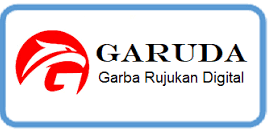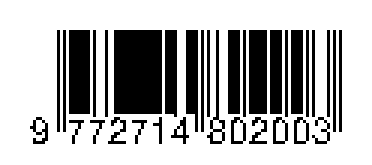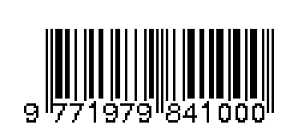PENGARUH SUHU DAN KONSENTRASI ZAT PENGAKTIF NaCl TERHADAP KUALITAS RENDEMEN DAN DAYA SERAP ARANG AKTIF
DOI:
https://doi.org/10.34151/technoscientia.v0i0.1899Keywords:
activated carbon, coffee shell, adsorption potentialAbstract
Coffee shell contains a lot of cellulose which can be used as a raw material to produces activated carbon. The demand of activated carbon tends to increase because it is used for a great variety of purposes, including the decolorizing of solutions of sugar, industrial chemicals, drugs, and dry-cleaning liquids, water purification, refining of vegetable and animal oils, and in recovery of gold and silver from cyanide ore-leach solutions. This investigation studied effect of tempeture and concentration of sodium chloride (as activator) on yield (rendement) and adsorption potential of activated carbon. In this investigation, coffee shell was dipped into the solution of sodium chloride with certain concentration and then it was carbonized into the muffle furnace. The carbon coke formed was then washed by using hot water and dried into the oven. The dried carbon coke was weighed and then tested the adsorption potential. The results of this investigation show that the yield (rendement) and adsorption potential of activated carbon increase with increasing the concentration of sodium chloride, but above the sodium chloride concentration of 20% the yield and adsorption potential of activated carbon tend to decrase. While the adsorption potential of activated carbon increases with temperature of carbonization, the yield of activated carbon decreases with temperature of carbonization, but above the carbonization tempeature of 600oC the adsorption potential of activated carbon tends to decreases.
References
Doni, B.W., 2001, ”Pembuatan Karbon Aktif dari Tongkol Jagung,” Insti-tut Sains & Teknologi AKPRIND, Yogyakarta.
Ellias, L.G., 1979, Chemical Composition of Coffee, Berry by Product, pp. 11 – 16, New York.
Fessenden, R. J. and Fessenden, J. S., 1989, Kimia Organik, 3 ed., jilid 2, Erlangga, Jakarta.
Kirk. R. E. and Othmer, D. F., 1964, Encyclopedia of Chemical Tech-nology, 2nd ed. Vol. 4, John Wiley & Sons, New York.
Grant, R. and Grant, C.,1987, Grant & Hackh’s Chemical Dictionary, 5th ed., McGraw-Hill Book Company, New York.
ASTM, 1969, “1969 Book ASTM Stan-dard with Related Materials, Part 28: Rubber, Carbon Black, Gas-kets,” American Society for Test-ing and Materials, Philadelphia.
Purnama, D., Suhardi, Supranto, Hermi-niwati, dan Rufiq, R.Z., 1998, “Optimasi Pembuatan Arang Ak-tif dari Limbah Kayu Kruing seba-gai Filler Arang Aktif,” Prosiding Seminar Nasional Teknologi Pa-ngan dan Gizi, Yogyakarta.
Hassler, J. W., 1941, Active Carbon – The Modern Purifier, Githens – Sohl Corporation, New York.
Sudarmadji, S., Haryono, B., dan Suhar-di, 1984, Prosedur Analisa Untuk Bahan Makanan dan Pertanian, Liberty, Yogyakarta.
Yusianto, Sukrisno. W., dan Sri, M., 1999, “Studi Pembuatan Papan Partikel dari Kulit Kopi Kering,” Pelita Perkebunan, Bogor.







